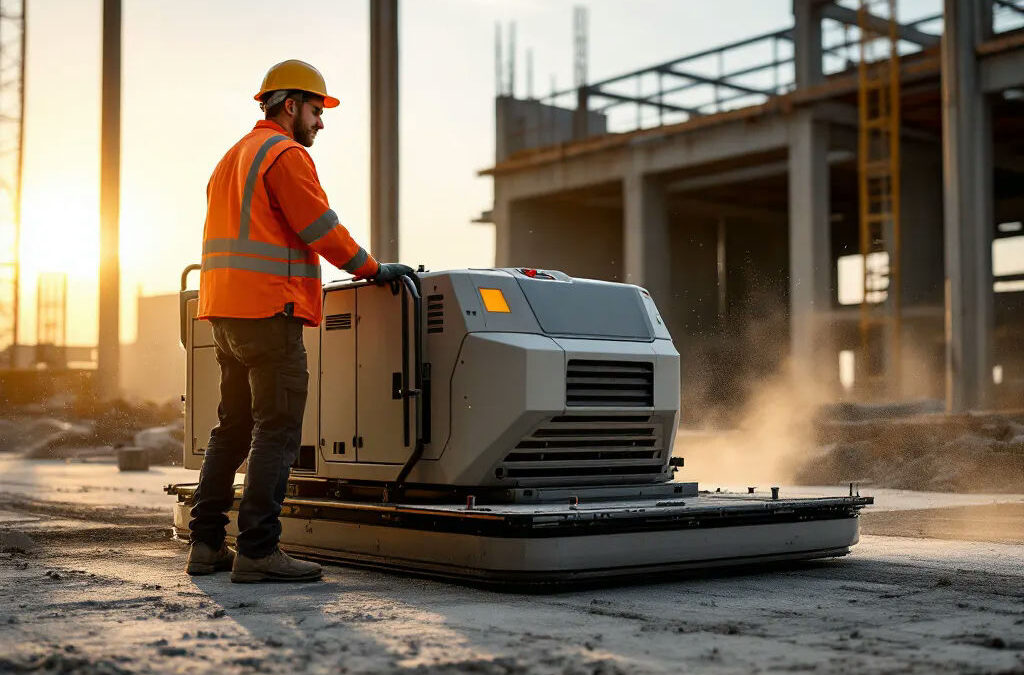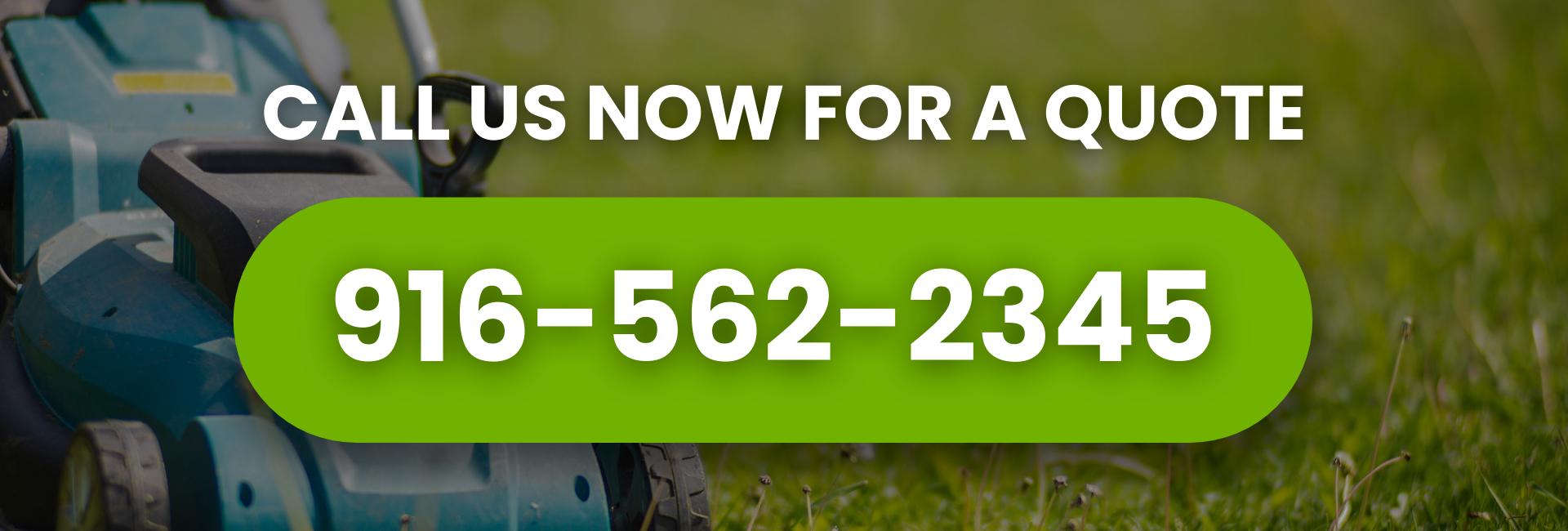I. Introduction
Laser screeds are advanced concrete leveling machines that utilize laser technology to achieve precise flatness and grade in large-scale commercial projects. These machines are essential for ensuring that the surface of concrete slabs meets stringent flatness and tolerance standards, making them invaluable for warehouses, retail spaces, and industrial facilities. This article aims to review the top laser screeds suited for large commercial applications, helping contractors and project managers make informed decisions.
II. How Laser Screeds Work
A. Technology Behind Laser Screeding
Laser screeding uses a sophisticated system of lasers and sensors to guide the screed in real-time. A rotating laser emits signals that the screed reads to maintain the desired elevation of the concrete surface. This innovative method is a significant advancement over traditional screeding, allowing for greater accuracy and uniformity in concrete application.
B. Benefits of Using Laser Screeds Over Traditional Methods
1. Precision and Accuracy
Laser screeds offer unparalleled precision, achieving flatness tolerances often within a few millimeters. This level of accuracy is crucial for commercial buildings where heavy machinery and storage systems require perfectly level surfaces to operate optimally.
2. Time Efficiency
With their rapid setup and operation capabilities, laser screeds significantly reduce the time required to complete large slabs. Because they automate much of the leveling process, crews can finish job sites faster without sacrificing quality.
3. Cost-Effectiveness
While the initial investment in a laser screed may be higher, the long-term savings in labor costs and material wastage make them economically advantageous. Their efficiency translates into quicker project turnarounds, allowing contractors to take on more jobs and increase profits.
III. Key Features to Consider in Laser Screeds
A. Size and Weight
The size and weight of a laser screed can influence its portability and ease of use. Lighter models are generally easier to transport and maneuver on site, while heavier models may provide more stability for large projects.
B. Ease of Use and Operation
User-friendly controls and designs can significantly reduce training time and operator errors. Look for models that offer intuitive control panels and automation features, which simplify the screeding process.
C. Leveling Accuracy
The precision of the leveling mechanism is one of the most critical features to consider. Ensure the laser screed has a reputation for maintaining consistent elevations across various conditions.
D. Durability and Maintenance Requirements
Durability is a key factor since these machines are subjected to tough working conditions. Models made with robust materials tend to require less frequent maintenance, thus reducing downtime.
E. Compatibility with Different Concrete Types and Mixes
Different projects may require various concrete mixes. Ensure the laser screed you choose is versatile enough to handle different types of concrete depending on the project requirements. For more insights, check our guide on choosing the right concrete mix.
IV. Top Laser Screeds for Commercial Projects
A. Model 1: Somero S-485 Laser Screed
-
Overview
A versatile walk-behind model known for its efficiency and power, suitable for both interior and exterior projects. -
Key Specifications
-
Screed Head Width: 10 ft
-
Engine: Honda gas or Kohler diesel options
-
Weight: Approx. 1,400 lbs
-
Pros and Cons
Pros: Compact, reliable performance, user-friendly controls
Cons: Limited to medium-sized pours -
Ideal Applications
Great for warehouse floors, parking decks, and mezzanine.
B. Model 2: Ligchine ScreedSaver MAX PRO
-
Overview
A 4-wheel drive boom-operated screed, ideal for high-production commercial work. -
Key Specifications
-
Boom Reach: Up to 18 ft
-
Screed Head Width: 12 ft
-
Auto-leveling system with GPS integration
-
Pros and Cons
Pros: Excellent for large-scale slabs, superior reach
Cons: Expensive and requires more operator training -
Ideal Applications
Large slabs, distribution centers, retail big-box stores.
C. Model 3: Somero S-22EZ Laser Screed
-
Overview
A powerful ride-on model designed for large pours with next-gen leveling precision. -
Key Specifications
-
Screed Head Width: 12.5 ft
-
Integrated diagnostic system
-
Weight: Approx. 5,700 lbs
-
Pros and Cons
Pros: Exceptional accuracy, durable construction
Cons: Requires transport trailer due to size -
Ideal Applications
Industrial flooring, massive warehouse slabs.
D. Model 4: Allen Engineering RS844
-
Overview
A budget-conscious ride-on screed with core features and reliable output. -
Key Specifications
-
Engine: Kubota Diesel
-
Screed Width: 10 ft
-
Weight: Approx. 4,000 lbs
-
Pros and Cons
Pros: Affordable, easy to maintain
Cons: Fewer automation features -
Ideal Applications
Mid-sized commercial projects, flatwork contractors seeking a reliable starter machine.
V. Comparative Analysis
A. Side-by-Side Comparison of Top Models
A detailed comparison table can be created to showcase key specifications, user ratings, and other metrics for a clear understanding of each model’s strength.
B. Pricing Overview
Pricing can vary significantly between models, with premium options often reflecting advanced features and performance capabilities. Generally, expect to spend between $20,000 and $100,000 for high-quality models.
C. Performance Metrics
Each model’s performance can be critiqued based on leveling speed, accuracy rates, and user satisfaction levels, allowing prospective buyers to see which model best suits their needs.
D. User Reviews and Testimonials
Real-world user feedback highlights the practical benefits and limitations of various models, contributing valuable insights into overall satisfaction and performance expectations.
VI. Acoustic and Environmental Considerations
A. Noise Levels of Various Models
-
Somero S-485: Moderate—suitable for indoor use
-
Ligchine MAX PRO: Higher decibel rating—useful in outdoor settings
-
Somero S-22EZ: Well-insulated engine for reduced noise
-
Allen RS844: Quiet diesel engine, but not as silent as electric variants
Choosing quieter machines can improve compliance with noise ordinances and reduce crew fatigue.
VII. Conclusion
Laser screeds have revolutionized the concrete leveling industry, especially for commercial applications where precision, efficiency, and reliability are non-negotiable. Whether you’re handling a vast distribution center or a mid-size warehouse floor, choosing the right screed model can make or break your project’s success.
From compact units like the Somero S-485 to heavy-duty champions like the Ligchine ScreedSaver MAX PRO, today’s options offer flexibility, power, and accuracy. Always consider your project’s size, environmental conditions, and budget when selecting the ideal laser screed. With the right machine, you’ll not only meet but exceed flatness and finish expectations—saving time, money, and manpower.
Need help choosing the right screed for your job? CALL US NOW FOR A FREE CONSULTATION AND QUOTE.


